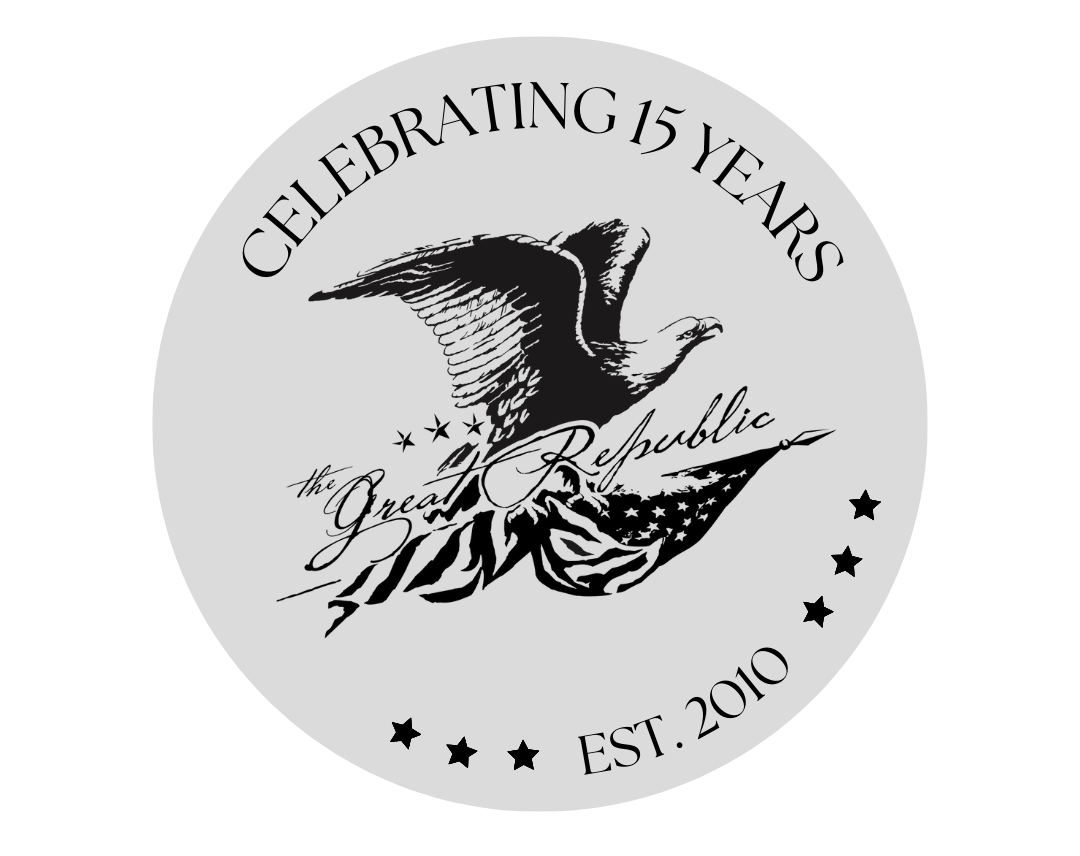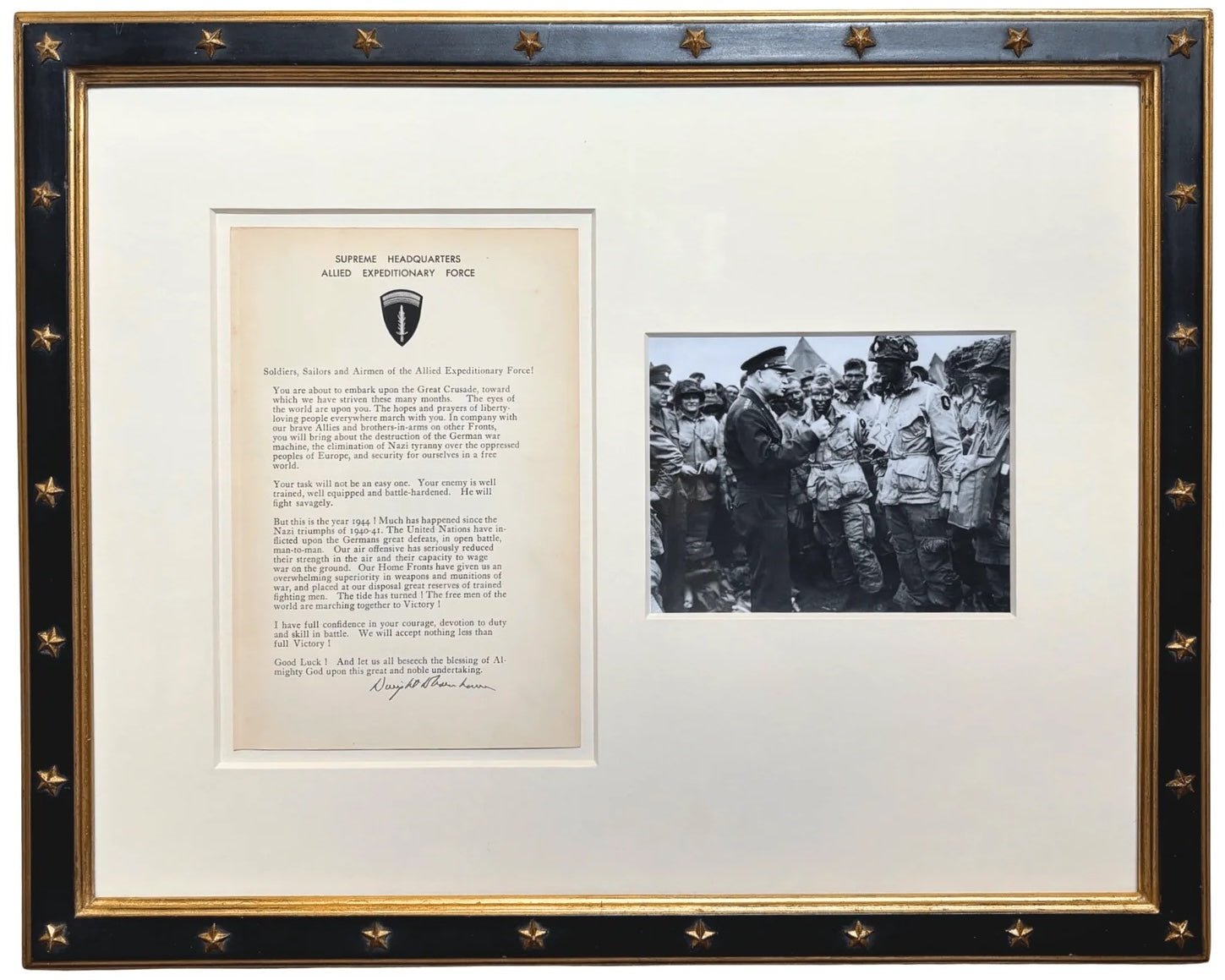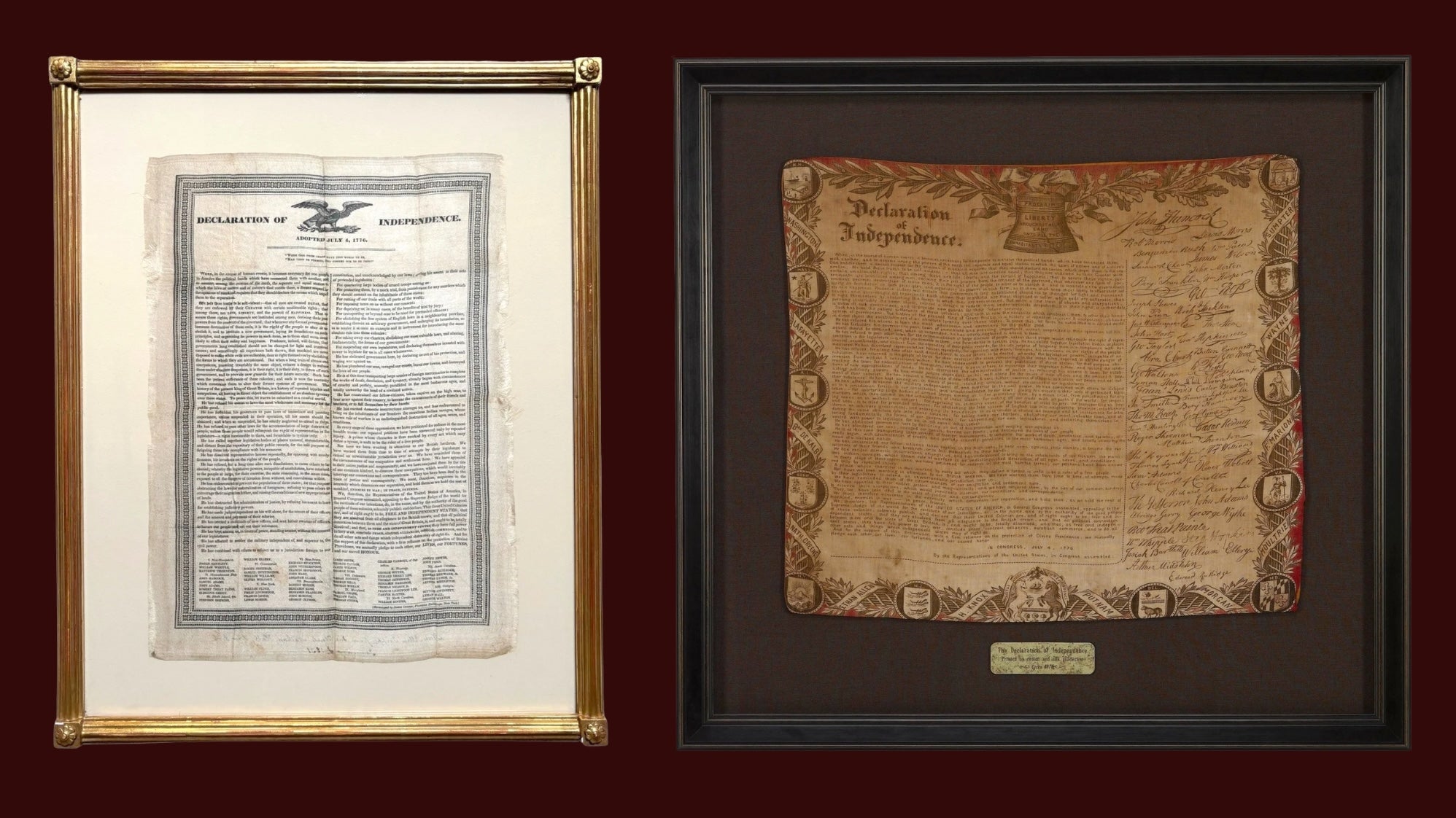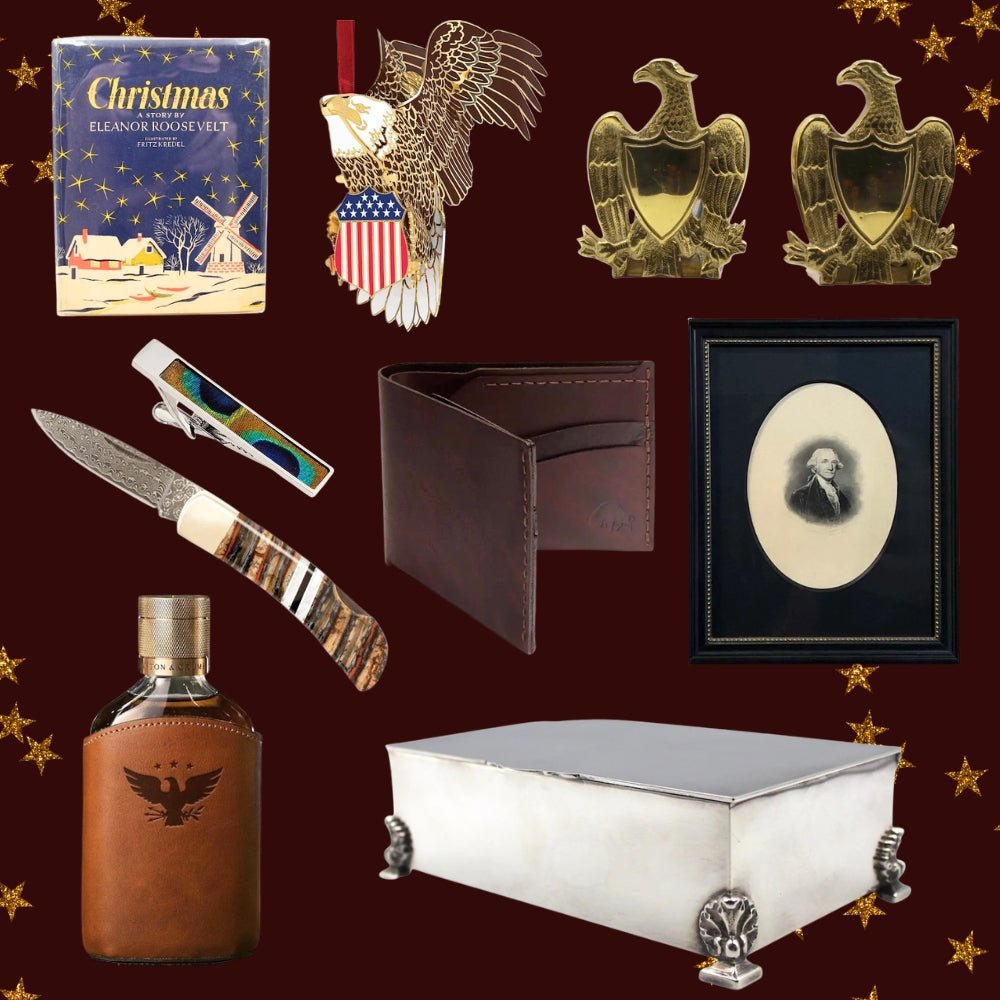“Liberty. In the Form of the Goddess of Youth"
 We are pleased to offer a truly exceptional piece of early American history: a rare 1796 stipple engraving by Edward Savage titled “Liberty. In the form of the Goddess of Youth giving Support to the Bald Eagle.” Created just two decades after the signing of the Declaration of Independence, this powerful image was not only a patriotic expression of American ideals but also a visual assertion of the young republic’s identity on the global stage.
We are pleased to offer a truly exceptional piece of early American history: a rare 1796 stipple engraving by Edward Savage titled “Liberty. In the form of the Goddess of Youth giving Support to the Bald Eagle.” Created just two decades after the signing of the Declaration of Independence, this powerful image was not only a patriotic expression of American ideals but also a visual assertion of the young republic’s identity on the global stage.
This engraving, designed, engraved, and published by Edward Savage in Philadelphia, is based on his earlier oil painting of the same subject, since lost to history. It served as a visual anthem for a nation freshly emerged from revolution. Every element in the composition carries symbolic weight. At center, Liberty, personified as Hebe, the Greek goddess of youth and rejuvenation, offers a goblet to the bald eagle, symbolizing the nourishment and support of freedom. She tramples emblems of oppression with her feet, including the British Order of the Garter and the infamous Bastille’s key, all while standing beside a broken scepter, a symbol of monarchic power laid to ruin.
The backdrop tells its own story: a turbulent sky pierced with lightning looms over Boston Harbor, where British ships are shown in retreat. This is an artful depiction of the British evacuation of Boston in 1776. Rising from the chaos is the newly adopted 13-star American flag, crowned with a liberty cap. The liberty cap had Roman origins, first worn by freed Roman slaves as a symbol of their liberation. It later became a potent symbol of resistance to British rule and taxation during the American Revolution. Savage’s engraving visually narrates the journey from colonial subjugation to sovereign strength, aligning the nascent United States with the classical virtues of democracy, liberty, and civic renewal.
Edward Savage (1761–1817) was a self-taught Massachusetts engraver and painter who rose to prominence in the post-Revolutionary period. He is best remembered for his numerous portraits of George Washington, of which there are at least seven, and the only contemporary painting of Washington at Mount Vernon, titled “The Washington Family.” His art played a crucial role in shaping the visual culture of the early Republic.
This piece is exceedingly rare. While institutional collections such as the Library of Congress, Yale University Art Gallery, Winterthur Museum, and Worcester Art Museum each hold impressions, only two have been documented as having been offered by dealers in recent history. Savage’s “Liberty” was so widely admired in its day that it inspired countless interpretations, from schoolgirl embroideries to Chinese reverse-glass paintings, each a testament to its reach and resonance in the early American imagination.
A rare print and important symbol of freedom and resilience, this 1796 engraving by Edward Savage would be a centerpiece acquisition for any serious collection of Americana.








